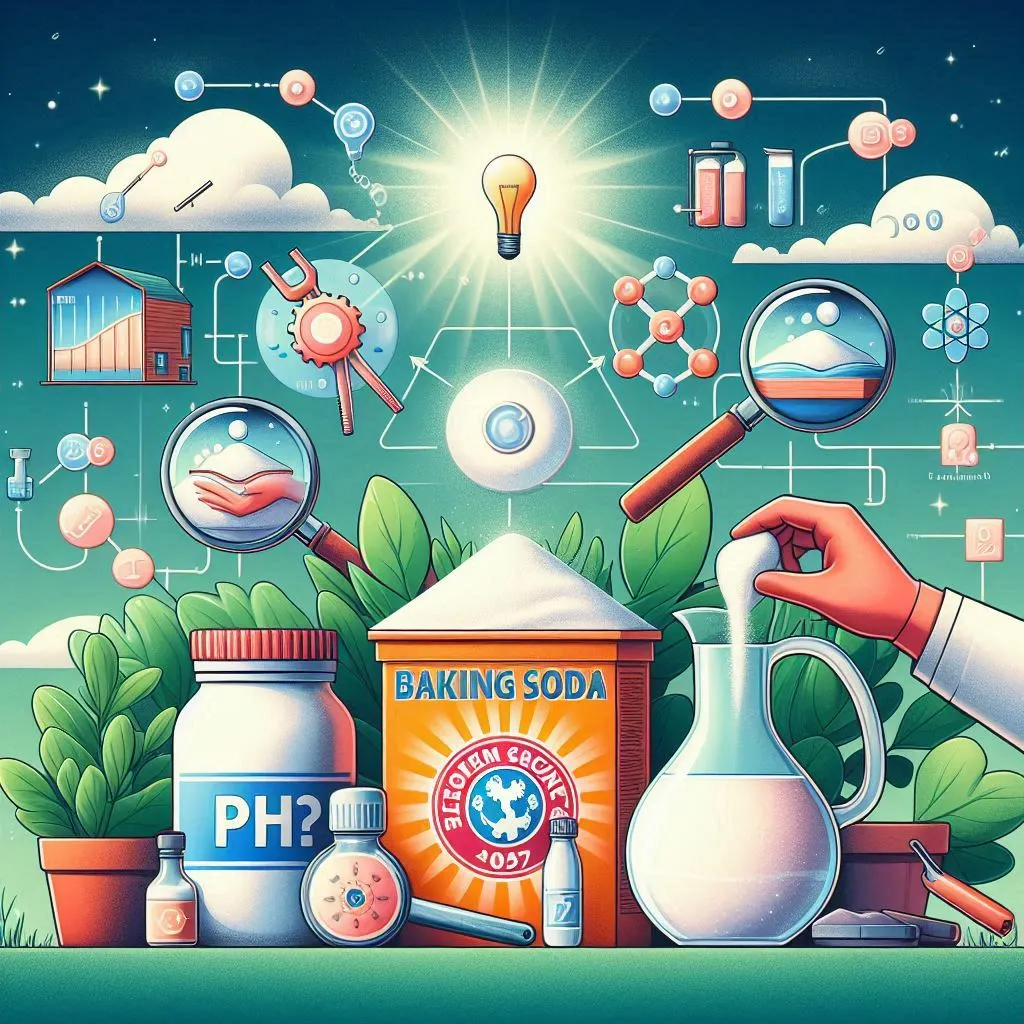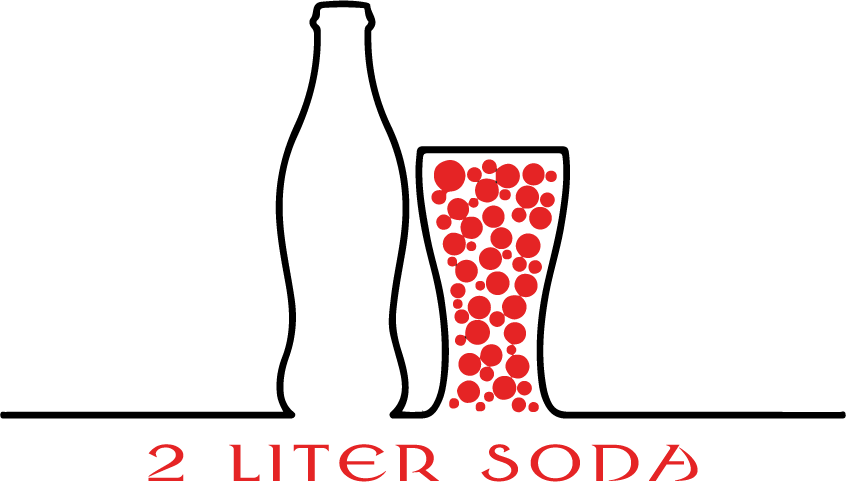Does Baking Soda Raise pH? A Comprehensive Guide

Does Baking Soda Raise pH? pH measures a substance’s acidic or alkaline on a scale of 0 to 14. Understanding pH levels is crucial in many fields, from chemistry to cooking, gardening, and healthcare.
Baking soda, sodium bicarbonate, is a common household item that can raise pH levels. This guide explores the science behind how baking soda affects pH, its applications, and the precautions one should take when using it.
Understanding pH Levels
The pH scale measures the acidity or alkalinity of a substance, ranging from 0 to 14. A pH below seven is considered acidic, seven is neutral, and above 7 is alkaline.
For instance, lemon juice is highly acidic, with a pH of around 2, while soap is alkaline, with a pH close to 9. Understanding these levels is essential for everything from gardening to maintaining healthy skin and water chemistry.
What is Baking Soda?
Baking soda is a chemical compound with the formula NaHCO₃ (sodium bicarbonate). It is a white, crystalline powder that is slightly alkaline and soluble in water. Known for its versatility, baking soda is used in cooking to help baked goods rise, in cleaning as a mild abrasive, and in healthcare for its antacid properties.
However, not all uses of baking soda are well understood, significantly when altering pH levels.
How Does Baking Soda Affect pH?
Baking soda is mildly alkaline with a pH of around 8 to 9. When it dissolves in water, it separates into sodium (Na⁺) and bicarbonate (HCO₃⁻) ions.
The bicarbonate ions can interact with hydrogen ions (H⁺) in water, reducing acidity and raising the pH level. This buffering effect makes baking soda effective at neutralising acids and maintaining a stable pH in various solutions.
Mechanism Behind pH Increase
When baking soda is added to an acidic solution, it reacts with the acid to form carbon dioxide gas, water, and salt. The chemical equation for this reaction is:
NaHCO3+H+→Na++CO2+H2O\text{NaHCO}_3 + \text{H}^+ \rightarrow \text{Na}^+ + \text{CO}_2 + \text{H}_2\text{O}NaHCO3+H+→Na++CO2+H2O
This neutralisation process reduces the number of free hydrogen ions, thereby increasing the pH level. Baking soda also has a buffering capacity, meaning it can resist changes in pH, making it a valuable tool in various applications.
Using Baking Soda to Raise pH in Water

To raise water pH, baking soda is often used in controlled amounts. Here are the steps to safely increase the pH in water:
- Measure the pH Level: Use a pH meter or test strips to determine the current pH level.
- Calculate the Amount of Baking Soda Needed: Adding one teaspoon of baking soda to 5 gallons of water can raise the pH by about 0.1. Adjust based on the volume and desired pH.
- Dissolve Baking Soda in Water: First, mix the baking soda in a small amount of water, then add it to the larger body of water.
- Recheck the pH Level: After mixing, wait a few minutes and then measure the pH again to ensure it has reached the desired level.
Baking Soda in Gardening and Soil Management
Gardeners often use baking soda to manage soil pH, especially when dealing with acidic soil. It is essential for the health of certain plants, such as lilacs and clematis, which prefer slightly alkaline conditions. Here’s how you can use baking soda for soil management:
- Test Soil pH: Use a soil test kit to determine the pH level.
- Prepare the Solution: Dissolve one tablespoon of baking soda in a gallon of water.
- Apply to Soil: Pour the solution around the base of the plants. Do not overuse, as excessive alkalinity can harm plants.
- Monitor Results: Recheck the soil pH after a week to assess any changes and adjust as needed.
Role of Baking Soda in Pool Maintenance
Maintaining the proper pH in a swimming pool is crucial for comfort and sanitation. If the pH of pool water falls below 7.2, it can cause irritation and corrosion. With its moderate alkalinity, baking soda is often used to raise the pH without drastically altering other water chemistry parameters.
- Check the Current pH Level: Use a pool testing kit to measure the pH.
- Calculate the Dosage: Adding 1.5 pounds of baking soda per 10,000 gallons of water raises the pH by about 0.1.
- Distribute Evenly: Sprinkle the baking soda across the pool’s surface while the pump is running to help it dissolve evenly.
- Retest and Adjust: Recheck the pH after a few hours and adjust if necessary.
Baking Soda and pH in Aquariums
Stable pH levels are vital for the health of aquatic life in aquariums. Baking soda can raise pH in freshwater aquariums, but it should be done cautiously to avoid shocking the fish and plants.
- Measure pH and KH (Carbonate Hardness): Use an aquarium test kit to check the levels.
- Add Baking Soda Gradually: Start with one teaspoon per 5 gallons of water and mix it in a separate container before adding it to the tank.
- Monitor Changes Carefully: Make adjustments slowly, checking the pH level every 24 hours to prevent sudden changes.
Baking Soda for Health and Personal Care

Soda is also popular in health and personal care for balancing skin pH and improving oral health. It is mildly alkaline and can neutralise acidic substances on the skin or teeth.
- Skin Care: Mix water, create a paste, and apply it to the skin to soothe irritation or as an exfoliant.
- Oral Health: Use it as a mouthwash by dissolving a teaspoon in a cup of water to neutralise acids in the mouth.
Note: Always use baking soda in moderation to avoid potential skin irritation or enamel erosion.
Impact on Baking and Cooking
Baking soda is a leavening agent that reacts with acidic ingredients in recipes, releasing carbon dioxide and causing dough or batter to rise. It is often combined with acidic components like yoghurt, lemon juice, or vinegar.
- Balancing Flavors: It neutralises excess acidity, improving taste.
- Leavening Action: Use the correct amount to avoid a soapy taste; typically, ¼ teaspoon per cup of flour is a good rule of thumb.
Safety Considerations When Using Baking Soda
While baking soda is generally safe, excessive use can lead to issues such as alkalosis or digestive upset. Always follow recommended guidelines and consult with a professional when using it for health-related applications.
Comparing Baking Soda with Other pH-adjusting Agents
Baking soda is not the only substance that can adjust pH levels. Alternatives like lime (calcium hydroxide) and calcium carbonate are also used but have different strengths and applications. Baking soda is favoured for its mild alkalinity and buffering capacity.
Frequently Asked Questions (FAQs) About Baking Soda and pH
- Does baking soda permanently raise pH?
- No, its effect is temporary as it neutralises acid. Regular monitoring is needed for sustained pH control.
- Can I use baking soda to lower the pH?
- No, baking soda raises pH. Substances like vinegar or citric acid are more suitable for lowering pH.
- Is baking soda safe for plants?
- Yes, but in moderation. Excessive use can harm plant roots.
- How does baking soda compare to baking powder for pH adjustment?
- Baking powder contains baking soda and acidic components, so it does not raise pH as effectively.
- What is the best way to store baking soda?
- Keep it in a sealed container in a cool, dry place to maintain its potency.
- Can baking soda cause side effects?
- Overuse can lead to digestive issues or alkalosis. It should be used in recommended amounts.
Conclusion
Baking soda is a versatile substance with various uses for raising pH in water, soil, pools, and even our bodies. While it is effective and generally safe, understanding its chemistry and potential effects is crucial for its proper application. Consider the context and specific needs when using baking soda for pH adjustment.




